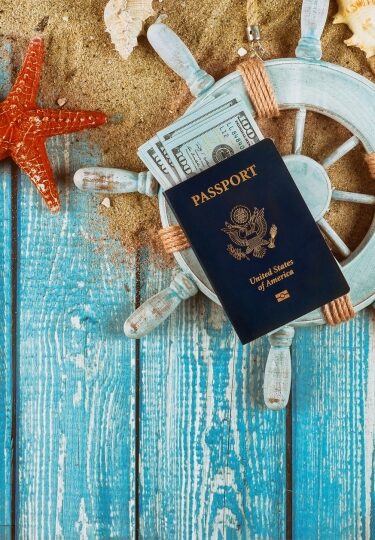Figuring out if you need a passport to go on a cruise isn’t quite as straightforward as you might think. The answer largely depends on the destination of your cruise, which port you’re embarking and disembarking from, and which forms of ID you already have.
We always recommend you bring a U.S. passport onboard, regardless of your cruise itinerary. Traveling with a passport will always make your trip easier, especially if you encounter any unforeseen circumstances during your vacation, such as an unexpected stop at an unscheduled international port due to bad weather or a family emergency that would require you to book a last-minute plane ticket home.
That being said, if you’re a U.S. citizen and want to know if you need a passport to go on your upcoming cruise, we’ve compiled some useful information to help you figure out which specific destinations and cruise itineraries require you to bring a passport and which ones don’t.
Do you need a passport if you fly to an international cruise departure port?
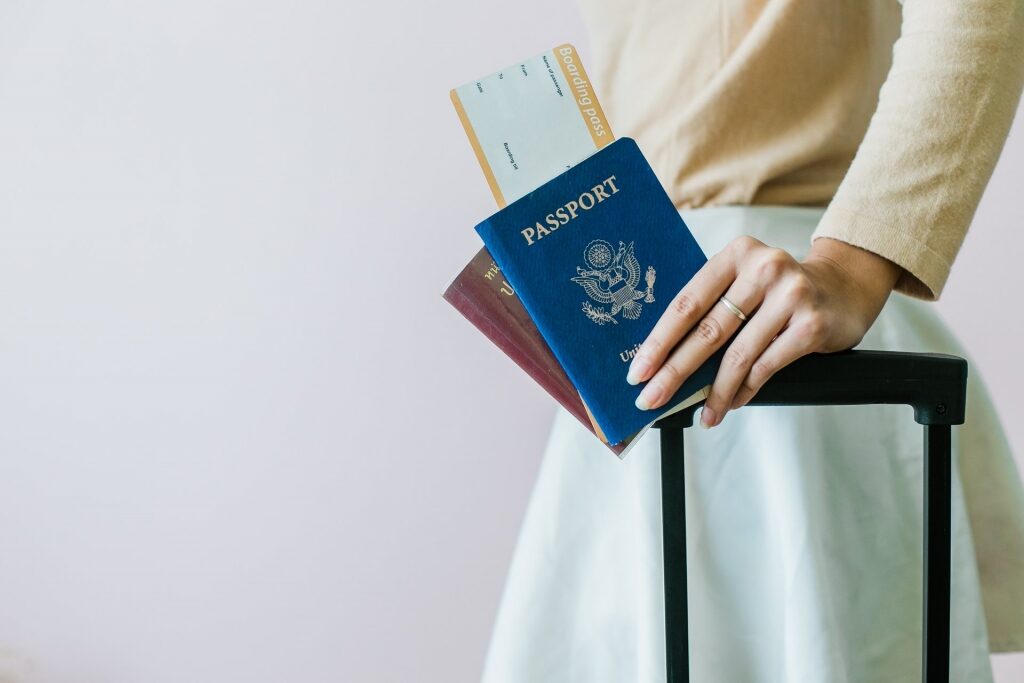
If you’re doing any international air travel to get to your cruise, then you are required to bring a valid U.S. passport book in order to board the plane.
A U.S. passport book is a government-issued document that allows U.S. citizens to travel internationally by air, land, and sea.
A valid U.S. passport book is mandatory even if you’re flying to or from Canada, Mexico, Bermuda, and the Caribbean from the United States.
Do you need a passport to go on a cruise to the Bahamas?

If you are cruising to the Bahamas from the U.S., the following documents are acceptable: passport book, passport card, Trusted Traveler card (Nexus, SENTRI, or FAST), or an enhanced driver’s license.
If you are traveling to the Bahamas on a closed-loop cruise, which is a cruise that starts and ends at the same U.S. port, you may travel with a state-issued ID (such as a driver’s license) and an original U.S. birth certificate.
Children under 16 can also travel to the Bahamas on a cruise with an original birth certificate, naturalization certificate, or certificate of citizenship. Children under 19 can use these same documents only if they are traveling with a school, church group, sports team, or other organization with adult supervision.
Do you need a passport for a cruise to Mexico?
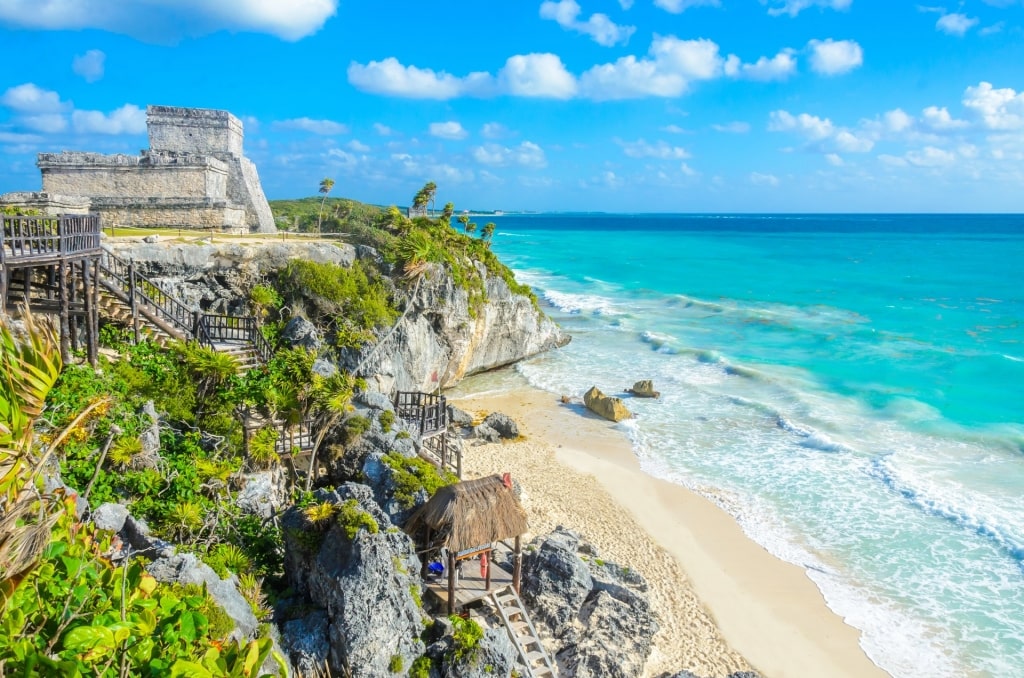
If you are planning a cruise to Mexico, make sure you bring one of the following documents: U.S. passport book, passport card, Trusted Traveler card (Nexus, SENTRI, or FAST), or an enhanced driver’s license.
If you are cruising to Mexico on a closed-loop cruise, (a journey that starts and ends at the same U.S. port), you can enter without a passport and show a state-issued ID and an original birth certificate instead.
Do you need a passport for a Caribbean cruise?

If you are cruising to the Caribbean, you will need to enter with either your U.S. passport book, passport card, Trusted Traveler card (Nexus, SENTRI, or FAST), or an enhanced driver’s license.
If you are aboard a Caribbean closed-loop cruise, (a cruise that departs and ends at the same U.S. port), you can travel with a state-issued ID (for example: your driver’s license) and an original birth certificate. You must have both of these documents in order to be able to travel without a passport.
The following Caribbean countries require the above documentation: Anguilla, Antigua and Barbuda, Aruba, Bahamas, Bermuda, British Virgin Islands, Cayman Islands, Dominica, Dominican Republic, Grenada, Jamaica, Montserrat, Netherlands Antilles, St. Kitts and Nevis, St. Lucia, St. Vincent and the Grenadines, and Turks and Caicos.
Read: Best Beaches in Antigua
Do you need a passport to go on a cruise to Alaska?

Even though Alaska is part of the United States, most cruise itineraries will require you to travel with a U.S. passport.
If you’re on a cruise to Alaska that begins or ends in Canada, you are required to carry a passport book or passport card. (If you are traveling by plane to get to your departure port in Canada, you must travel with a U.S. passport book.)
If you’re traveling on a closed-loop cruise to Alaska that starts and ends in the same U.S. port, you can travel with a passport card or a state-issued ID (such as a driver’s license) and an original birth certificate.
Do you need a passport for a cruise to Hawaii?

Even though Hawaii is a U.S. state, all of our cruise itineraries require you to travel with a U.S. passport book or card.
Our Hawaii cruise itineraries either depart or end in Canada, so U.S. citizens are required to bring a passport book or passport card. (If you are traveling by plane to get to your departure port in Canada or are flying back into the United States, you must travel with a U.S. passport book.)
Do you need a passport for a cruise to Bermuda?
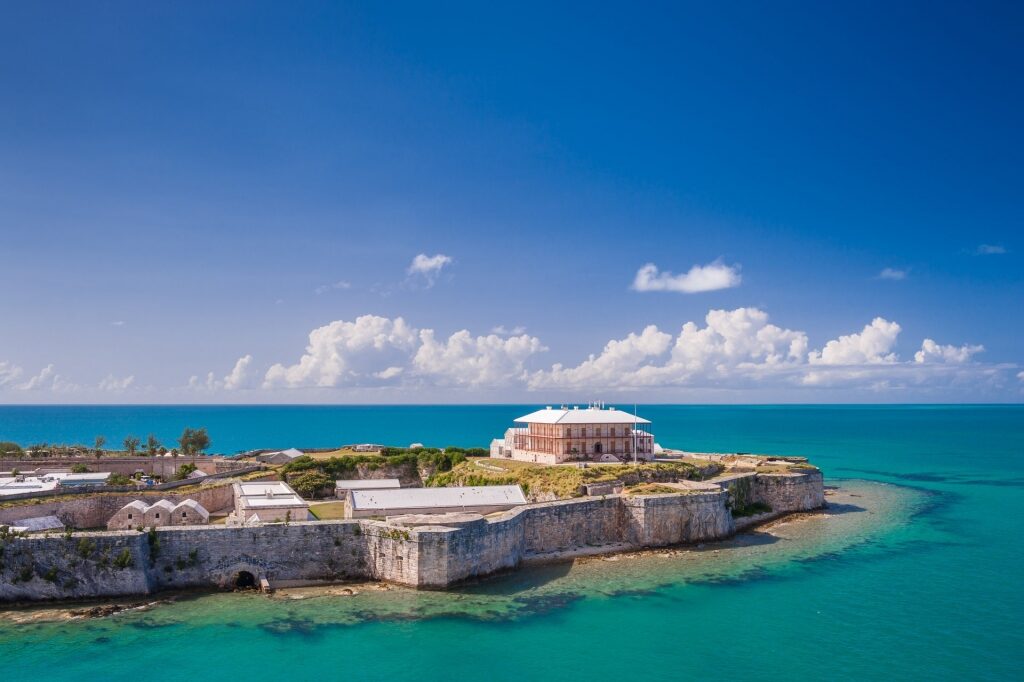
If you are cruising to Bermuda, then you don’t necessarily need a U.S. passport book, but can use any of the following documents instead: U.S. passport card, Trusted Traveler card (Nexus, SENTRI, or FAST card), or an enhanced driver’s license.
If you take a closed-loop cruise to Bermuda, you can leave your passport at home and travel instead with a state-issued ID and an original birth certificate.
Regardless, we always recommend traveling with a U.S. passport book, in case there are any inconveniences during your trip.
What’s a passport card and should you get one?
If you’re traveling by land or sea to Canada, Mexico, Bermuda, and the Caribbean, you can bring a U.S. passport card instead of a passport book. However, a passport card does not work for air travel into Canada, Mexico, Bermuda, or the Caribbean.
There are some advantages to traveling with a passport card rather than a passport book, mainly cost and portability. Currently, a passport card costs only $65 to issue, while issuing a passport book is $145. For adults, both are valid for 10 years before you need to renew them. For children under 16, both are valid for 5 years.
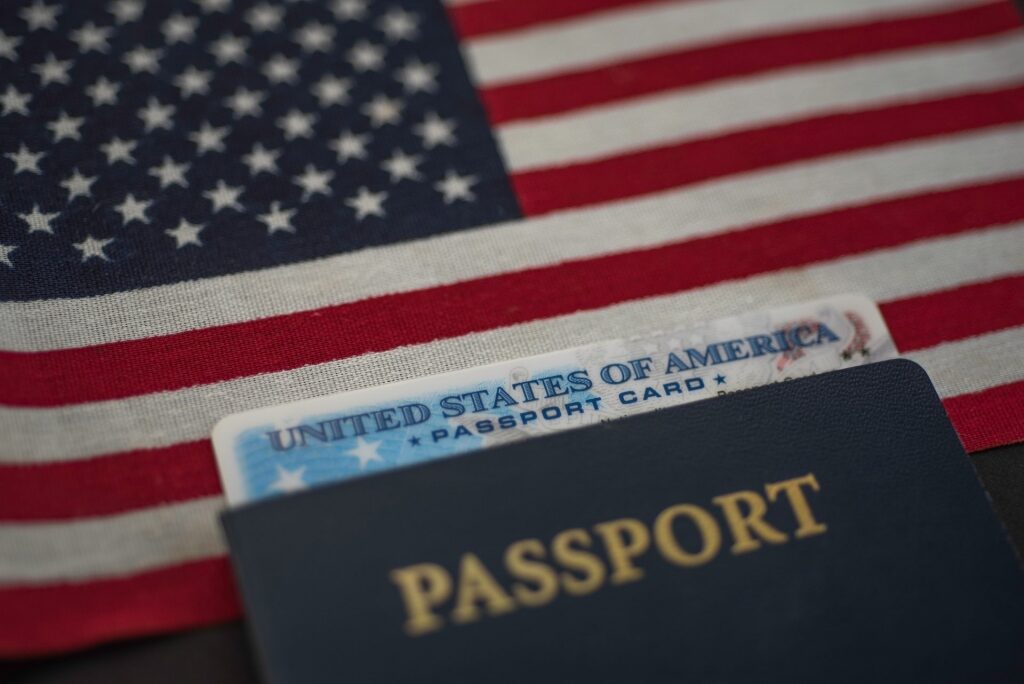
Another benefit of a passport card is its smaller size. A passport book is 5” x 3.5” when closed and contains several pages, while a passport card can easily fit into a wallet, money belt, or pocket. (Just make sure it’s a secure pocket with a zipper so it doesn’t fall out.)
That being said, we always recommend bringing a valid passport book on your cruise. If you don’t make it back to your cruise ship on time after visiting a port, or if a family emergency requires you to fly back home from one of your cruise destinations, a passport card won’t allow you to travel on a plane. In case there are any unforeseen inconveniences, a passport book will always work as a valid travel document via air, land, and sea.
Do kids need a passport for cruises?
If children under the age of 16 are traveling internationally by air, they will need a valid U.S. passport.

If they are traveling to Canada, Mexico, Bermuda, and the Caribbean by sea on a cruise, they can travel with a U.S. passport, passport card, trusted traveler card, or an original birth certificate, naturalization certificate, or certificate of citizenship. Children under 19 can use these same documents only if they are traveling with a school, church group, or other organization with adult supervision.
In addition, be sure to review other requirements for children, such as a signed and notarized letter from a missing parent if the child isn’t traveling with both parents, or a written letter of consent if the child is traveling as part of a group without an adult that is 21 or older.
When do you need a passport book to cruise?
You will always need a passport book if you are starting and ending your cruise in different ports. Even if your cruise starts and ends in U.S. cities, you will still be required to have a valid U.S. passport book in order to board.

You will also always need a passport book if you are traveling on a cruise that requires you to take an international flight to get to your departure port, such as those cruises departing from Europe, South America, or Asia. You won’t be able to board an international flight without a passport book.
If you are cruising to a destination not located within Canada, Mexico, the Caribbean, or Bermuda, you need to bring a U.S. passport book; a passport card will not be allowed as a valid travel document.
Even if you are traveling on a closed-loop cruise (one that starts and ends in the same port) to Canada, Mexico, the Caribbean, or Bermuda, it is always recommended that you bring a passport book in case of an emergency or unforeseen situation that might require air travel.
Do you always need a passport card or passport booklet to cruise?
We always recommend carrying a passport book or a passport card while vacationing on a cruise. That being said, there are certain types of cruises where you’ll be able to board with other types of documentation if you do not have either a passport book or passport card.
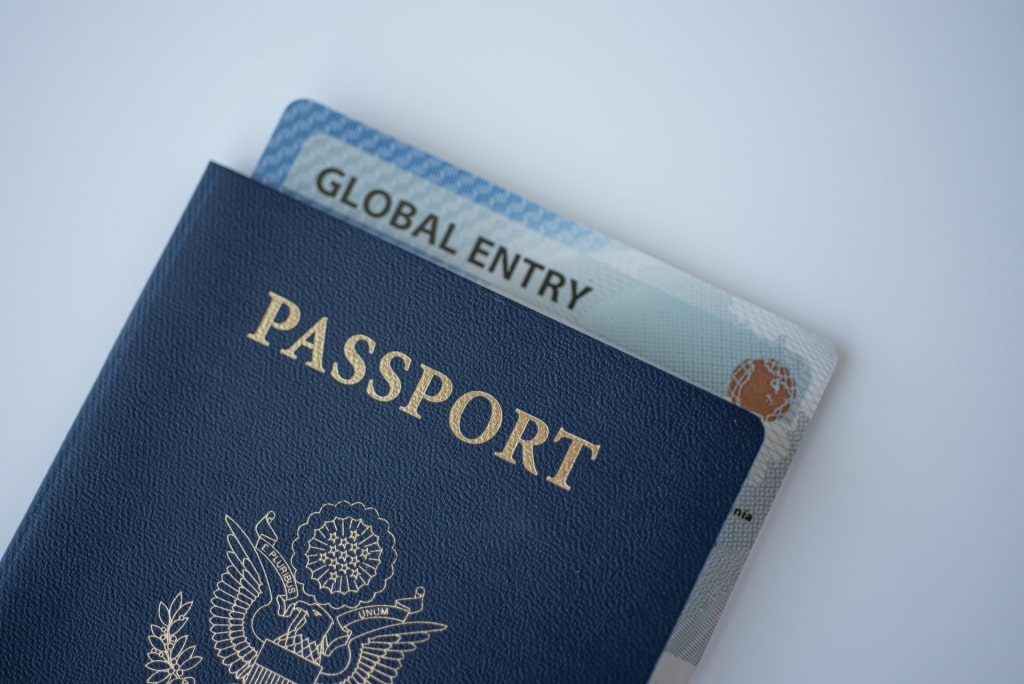
U.S. citizens traveling on closed-loop cruises to either Mexico, Canada, Bermuda, or the Caribbean can travel with the following documentation:
- U.S. passport book or card
- Trusted Traveler card (Nexus, SENTRI, FAST)
- Enhanced Driver’s License
- An original copy of your government-issued birth certificate or naturalization certificate and a government-issued photo ID (such as a driver’s license)
Should you bring a passport on closed-loop cruises?
While some cruises don’t require you to travel with a U.S. passport book, we always recommend you bring one on your trip, even on a closed-loop cruise. If you need to fly back to the United States during your cruise, you’ll only be able to board a plane with a passport book.
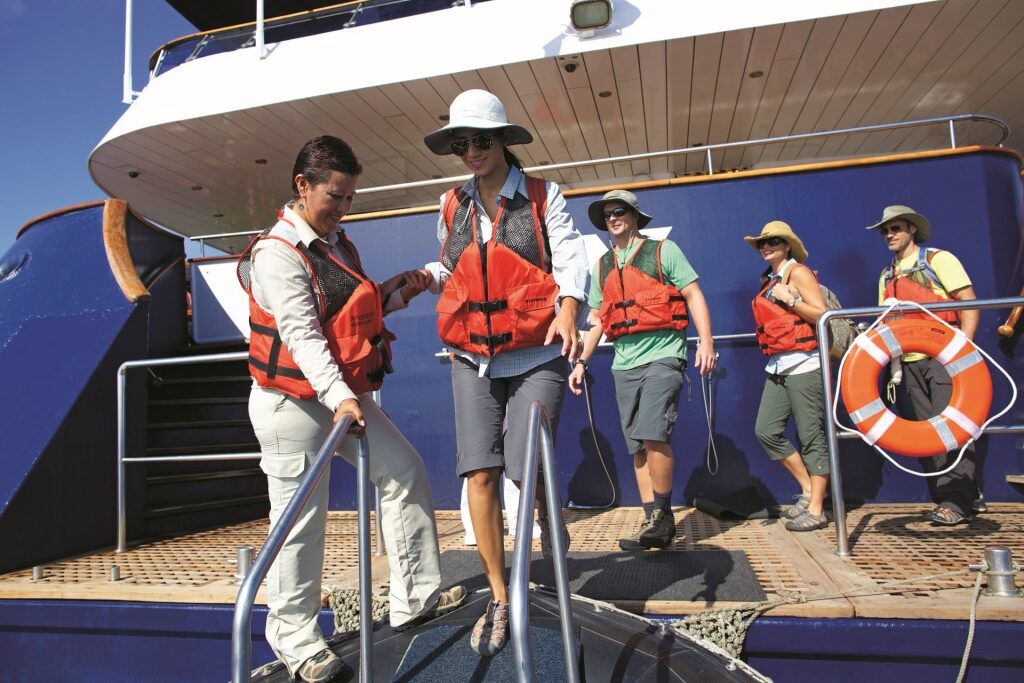
If you happen to miss the ship’s departure time during an international excursion, it will be much harder to meet your ship in the next port without a passport book on you. (Keep in mind that a shore excursion booked through Celebrity Cruises will always guarantee you’ll make it back to your ship on time.)
Also some ports of call may require a passport to enter even if you don’t need one to board your cruise. It’s always wise to research your itinerary and find out what kind of documentation each country requires of U.S. citizens in order to enter.
What else should you know about cruising with a passport?
Having a passport doesn’t mean your vacation is a go yet. You’ll also want to double check when your passport expires, as many countries require a passport to be valid for six months after the date of your planned departure. If you’re on a cruise, this means making sure your passport is still valid for another six months following the last day of the cruise.
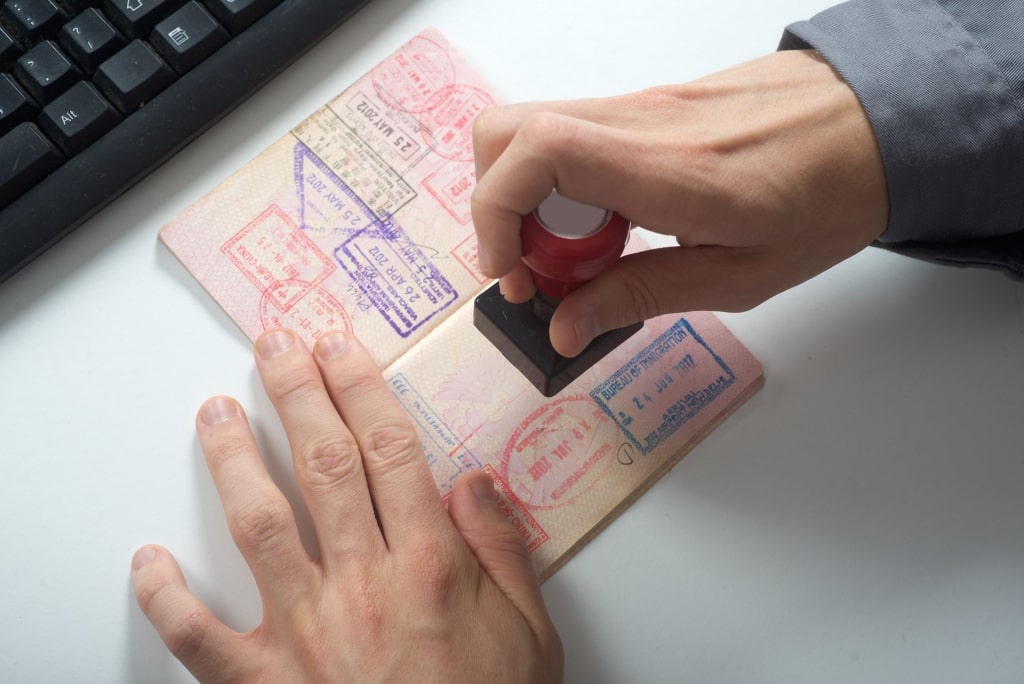
Another thing you’ll want to check is the amount of blank pages in your passport. You should have at least one blank page for each country you’re visiting. If you don’t have enough pages left for stamps, you’ll need to renew your passport before your trip.
One major advantage of traveling on a cruise is that international customs are mostly handled for you. Before boarding, you’ll provide your passport number and other applicable information to the cruise line, which then provides this information to customs authorities in the international ports of call you’ll visit. Once this is arranged, you’ll simply get off the ship and enjoy your destination without having to go through customs each time. However, you should always double check what the passport protocol is for the cruise ports you’re visiting.
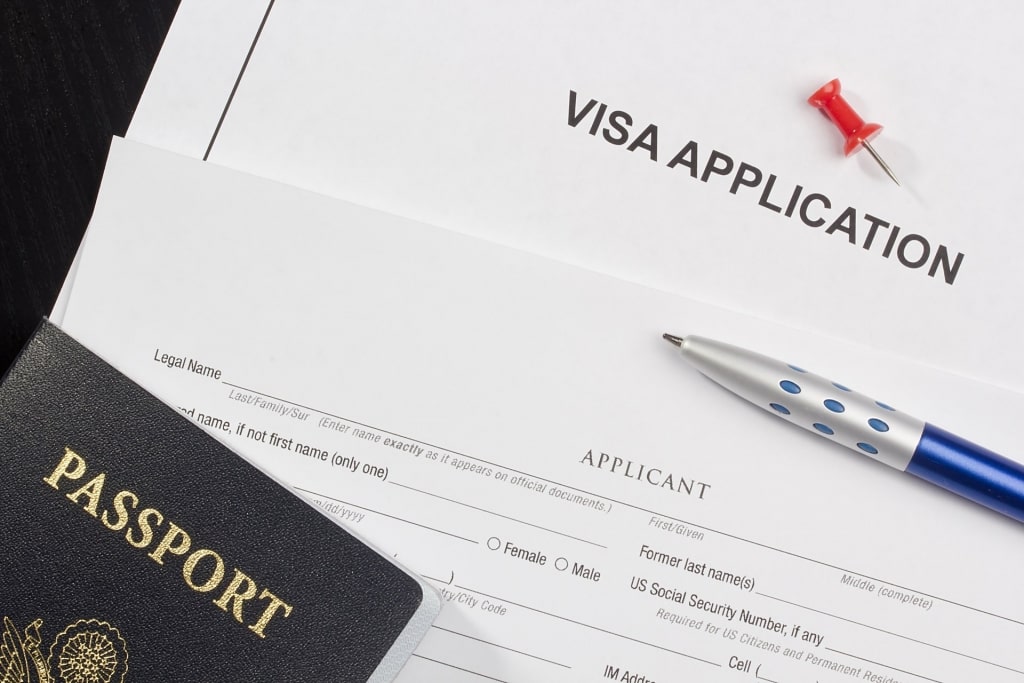
It is also your responsibility to obtain any necessary visas you may need during your cruise. Be sure to research the visa requirements for each country you’ll be visiting during your itinerary. You’ll also be in charge of any fees relating to the visa.
Note: For some itineraries, the cruise line may hold onto your passport during the duration of your trip in order to expedite the clearance formalities at each port of call. In those cases, we recommend making color photocopies of your passport to carry with you during visits to international ports.
How do you keep your passport safe on a cruise?
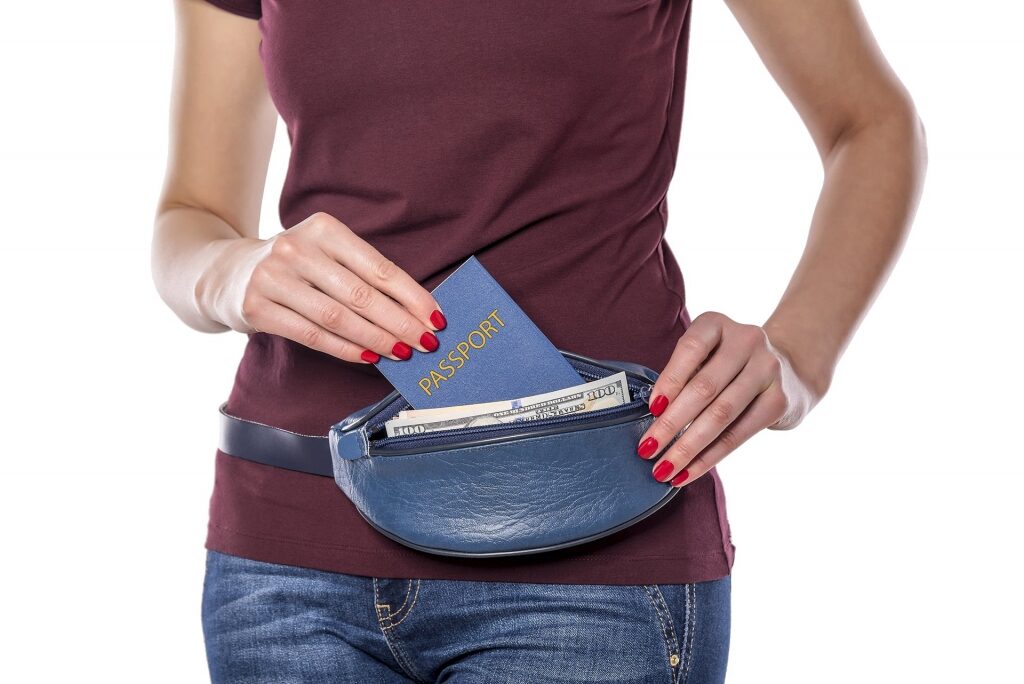
The most popular way to keep your passport safe while on a cruise is to store it inside a money belt or passport necklace. A money belt is a soft pouch with a zipper that can fit your passport, some cash, and a couple of credit cards. The pouch is connected to a belt that sits comfortably around your waist.
A passport necklace is similar, but is worn around your neck and inside your shirt instead. It’s not usually as discreet as a money belt, but is often more convenient and allows for easier access to your travel documents and money.
Traveling with a passport cover is also wise since it helps to keep your passport in pristine condition. Some countries won’t accept a damaged passport in customs.
What if you lose your passport during a cruise?

If you lose your passport while on a cruise, the first thing you need to do is notify the nearest U.S. consulate in order to get a replacement passport issued. Also, contact the guest relations department on your cruise ship so they can provide guidance on how to handle the rest of your cruise before you get your replacement passport.
If you lose your passport on the ship, you should fill out a lost property report with the guest relations department on board.
To help eliminate any chance of losing your passport while on the ship, we recommend keeping it in your stateroom or suite. The in-room safes are easy to use and will keep your passport in a secure place at all times. When you’re on your cruise, there is no need to carry a passport on you since you’ll use your Sea Pass card for all transactions.
Grab That Passport and Book Your Cruise!
Do you have all the right documentation in place for your preferred cruise itinerary? Then you’re all set to book your cruise and start a wonderful vacation. Browse our cruise itineraries or call one of our vacation specialists at 1-800-852-8086 to get started.
